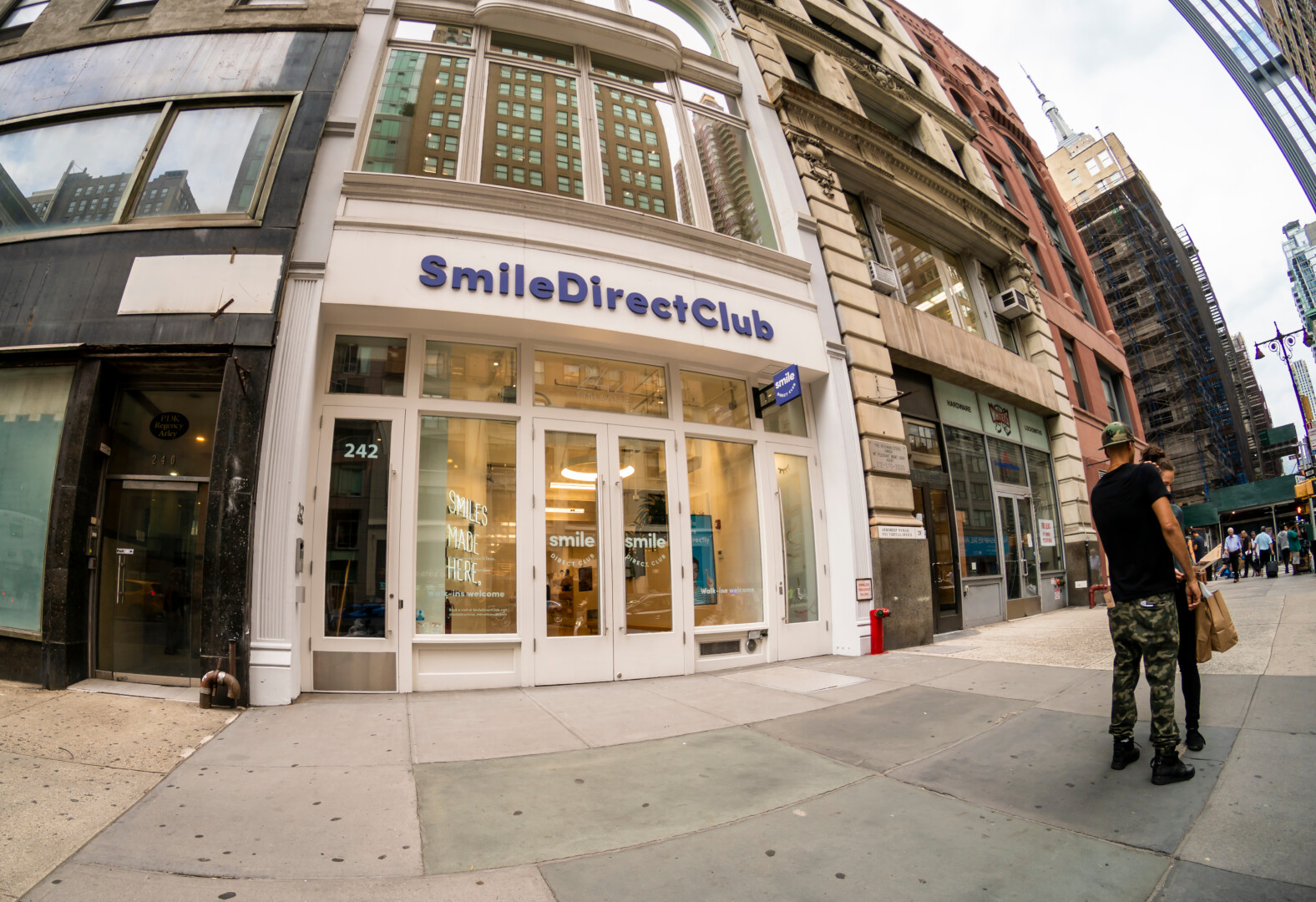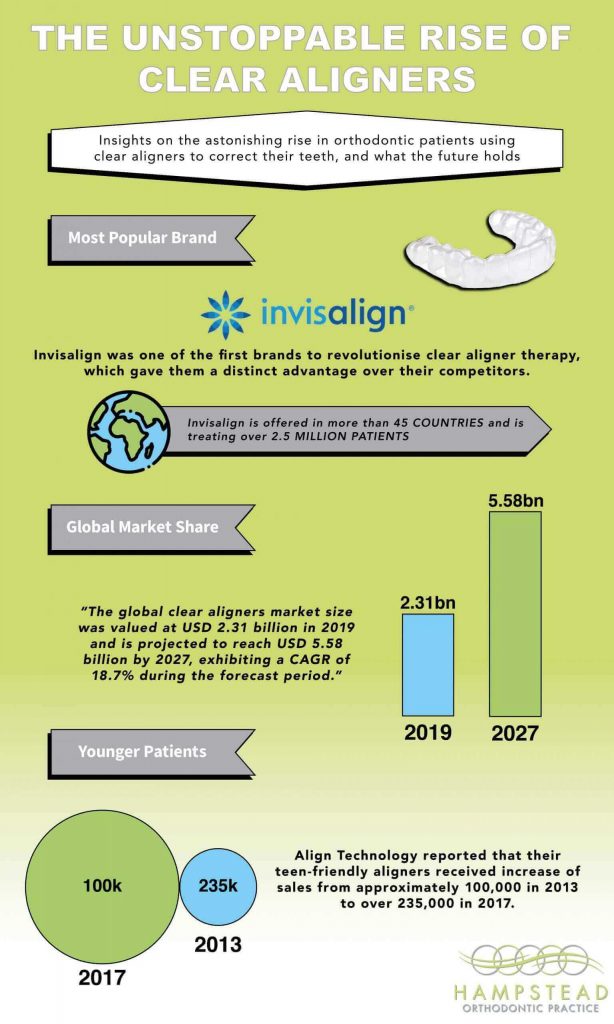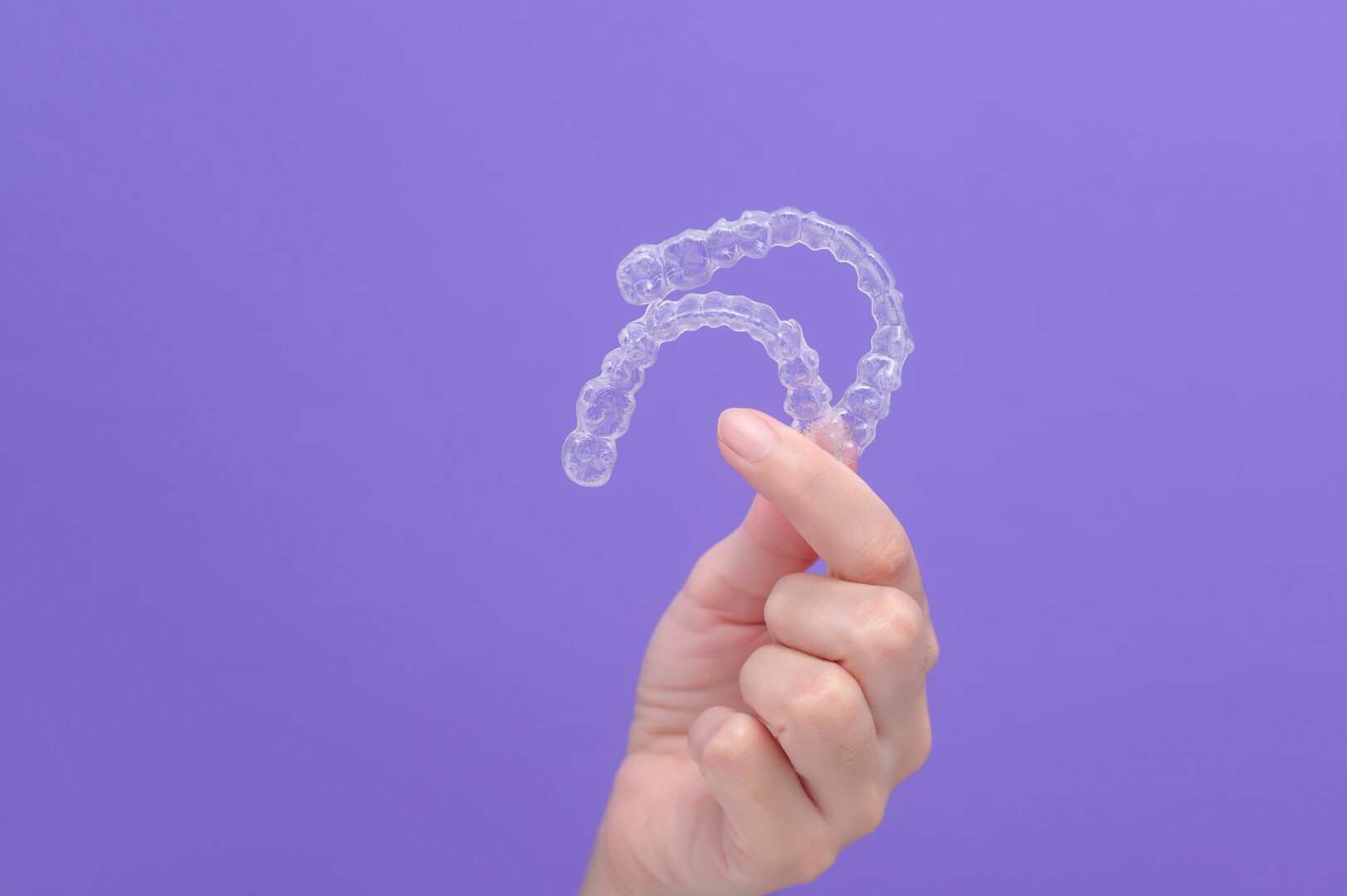
SmileDirectClub, the direct-to-consumer clear aligner and orthodontics company, has shut down its operations less than three months after filing for Chapter 11 bankruptcy. The company announced the decision on its website on Friday, December 9, leaving many customers in the middle of their treatment plans and with unpaid bills.
The Model: Clear Aligners, Direct to Consumer
The company was founded in 2014 with the stated mission of “democratizing access to a smile each and every person loves by making it affordable and convenient for everyone.” It offered clear teeth aligners for around $2,000, which was much cheaper than traditional orthodontic services that could cost upwards of $5,000.
They built their model on prioritizing convenience and reaching customers through the traditional retail market, outside of the healthcare setting–much like Warby Parker does for prescription glasses. Customers could order impression kits online or visit one of the company’s SmileShops to get their teeth scanned. Then, they would receive a set of aligners in the mail and follow a treatment plan supervised by a licensed dentist or orthodontist through a telehealth platform.
Mounting Legal and Financial Challenges
However, SmileDirectClub faced financial challenges, criticism from dental and orthodontic groups, and legal issues throughout its existence. The company’s initial public offering (IPO) in 2019 valued it at $8.9 billion, but it struggled to achieve profitability. It also faced lawsuits from customers who claimed they suffered injuries or damages from using the aligners, as well as from dental associations who accused the company of practicing dentistry without a license and violating state laws. The company denied the allegations and defended its business model as safe and effective.
The COVID-19 pandemic deeply impacted the company’s operations: it had to temporarily close its brick-and-mortar SmileShops and reduce its workforce. The company filed for bankruptcy protection in September 2023, hoping to restructure its debt while continuing to serve its customers. The bankruptcy process, which SmileDirectClub initiated in early October, did not go as planned and the company decided to wind down its global operations. In the past few weeks, it has become clear that the company’s issues go deeper than even what was initially announced.
What Shutting Down Means for SmileDirectClub
The shutdown of SmileDirectClub has left customers confused and frustrated. Some customers who were still in the middle of their treatment plans were left without clear instructions for how to complete their care or get refunds. The company advised them to consult local dentist offices if they wished to continue their care. However, some dentists said they were not familiar with SmileDirectClub’s aligners and could not guarantee the same process or results.
Customers who financed their plans through its SmilePay program were expected to continue making their monthly payments until they paid off their balances. What’s more, the criteria for refund eligibility has not been concretely established. Per statements from the company, the refund process will be determined as the next steps in the bankruptcy process were ironed out.
The shutdown of SmileDirectClub also has implications for the dental industry. The company was one of the pioneers of the direct-to-consumer orthodontics market, which has grown rapidly in recent years. According to a report by Grand View Research, the global clear aligners market size was valued at $2.31 billion in 2019 and was expected to grow at a compound annual growth rate (CAGR) of 23.1% from 2020 to 2027. The report cited factors such as increasing demand for dental cosmetic procedures, technological advancements, and rising awareness among consumers as drivers of the market growth.
Growing Questions about the Sales Model
However, the shutdown of SmileDirectClub also raises questions about the safety, quality, and regulation of direct-to-consumer orthodontics services. Some dental experts have warned that these services may not be suitable for everyone and may pose risks of complications or adverse outcomes if not properly supervised by a qualified professional. They have also called for more oversight and enforcement of state laws and regulations regarding the practice of dentistry and orthodontics.
SmileDirectClub’s shutdown may not be the end of the direct-to-consumer orthodontics market, as there are other players in the field, such as Candid, Byte, and NewSmile. However, it may serve as a cautionary tale for both consumers and providers of these services, as they navigate the benefits and challenges of this emerging industry. The success of Align Technology (the maker of Invisalign) may speak to their unusual business model. They hold a majority market share in the clear aligner space, but they do not use a direct-to-consumer business model (they connect customers with their products through dental providers).
The Future of Clear Teeth Aligners
Even as the industry changes to further prioritize online shopping and direct to consumer sales, companies like SmileDirectClub illustrate why many people still feel safest simply going through their primary dental care provider. Clear aligners are a massively popular segment of the dental industry at the moment, but it looks like the most trusted place to get these aligners may well be patients’ local dental offices.

Clear aligners continue to gain popularity: they meet the growing desire for treatment without obtrusive metal brackets. They offer a discreet alternative to traditional metal braces, and younger patients especially have flocked to the less treatment. Also, the rise in popularity of direct-to-consumer aligners speaks to patient desire for more affordable, efficient treatment options than the traditional expensive, drawn-out process of traditional braces that requires many dental appointments.
However, these new direct-to-consumer companies collectively have a spotty track record, mixed reports of patient satisfaction, and in the case of SmileDirectClub, sometimes leave patients stranded halfway through their course of treatment. Many people are still choosing to put their trust in their local dentist over a faceless online company.
It Comes Down to Relationships
The preference for obtaining clear aligners from local dental offices highlights a crucial aspect of healthcare—trust in established professionals. Even as technology and online options expand, the human connection and expertise offered by primary dental care providers continue to hold immense value. It goes to show the enduring importance of patient-provider relationships and the confidence individuals place in the care and guidance provided by their local dental practitioners.
It’s important to remember that even patients who prefer to work through a dentist still have new expectations for efficiency and ease of treatment. One reason so many dentists are moving to using their own 3D printer to manufacture dental products on-site is to meet these expectations. What used to take 2 or 3 visits, thanks to advances in digital dentistry, can now be done all in a single visit. Patients can now come into the office for impressions and leave the same day with their new aligner.
The heart of your practice is the trust your patients put in you, but the best way to honor that trust is to provide the services that patients expect, with as much ease, comfort, and efficiency as possible.
If you’re looking to explore digital dentistry, upgrade existing software or hardware, or to purchase a 3D printer or milling machine to begin manufacturing directly from your practice, contact a Benco Dental equipment specialist. Benco’s trusted industry professionals can walk you through how your practice can take its next steps into the future.



